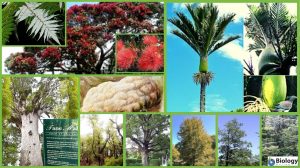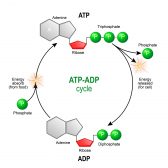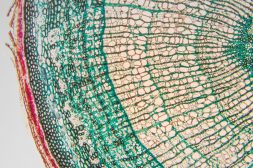Definition
noun
A form of taxis characterized by the directional movement of an organism in response to a current of water or air
Supplement
Taxis is a behavioral response of a cell or an organism to an external stimulus. The movement is characteristically directional. The movement may be positive or negative. A positive taxis is one in which the organism or a cell moves towards the source of stimulation (attraction). A negative taxis is when the organism or a cell moves away from the source of stimulation (repulsion).
Rheotaxis is a form of taxis resulting in the cell moving in response to a current of water or air. It is exhibited by many aquatic organisms such as fish. A positive rheotaxis in this case would be one in which the fish would turn to face into an oncoming current of water. This was observed in zebrafish, i.e. both larval and adult stages.1 Suli and colleagues defined rheotaxis as alignment in a stream. Accordingly, the zebrafish larvae as they observed showed a positive rheotaxis. The zebrafish larvae positioned themselves facing the oncoming current and held this position rather than being swept downstream. This behavior is essential for catching food floating downstream. Another example of positive rheotaxis is the migration of certain fish species against the current in order to reach spawning sites.
A negative rheotaxis was also observed in certain aquatic species. But many of them are capable of exhibiting both positive and negative rheotaxis, such as the Colorado squawfish.2
Word origin: Ancient Greek rhéō (“flow”) + taxis
Compare:
- rheotropism
See also:
Reference(s):
1 Suli, A., Watson, G. M., Rubel, E. W., and Raible, D. W. (2012). Rheotaxis in Larval Zebrafish Is Mediated by Lateral Line Mechanosensory Hair Cells. PLoS One. 2012; 7(2): e29727.
2 Tyus, H. M.. (1985). Homing Behavior Noted for Colorado Squawfish. Copeia, 1985(1), 213–215. http://doi.org/10.2307/1444811







